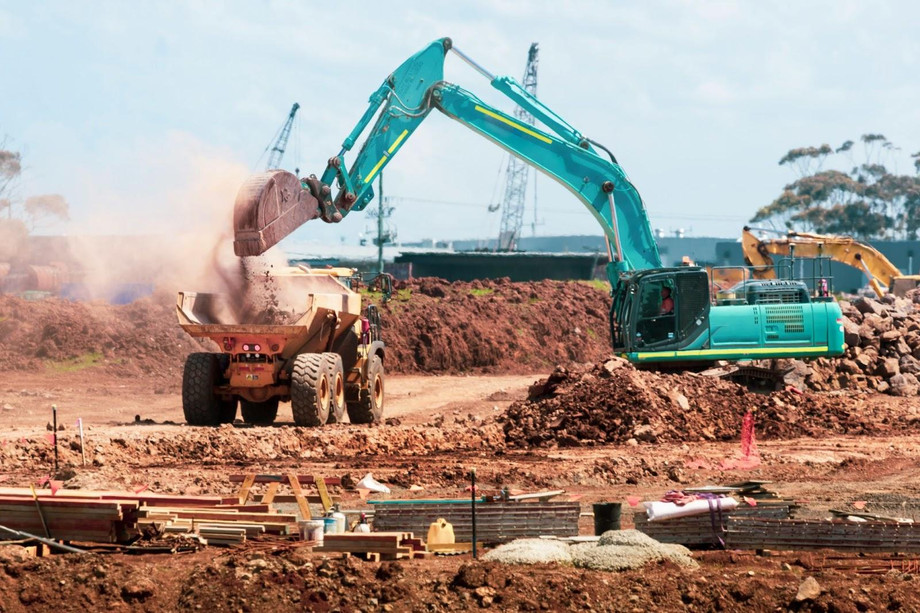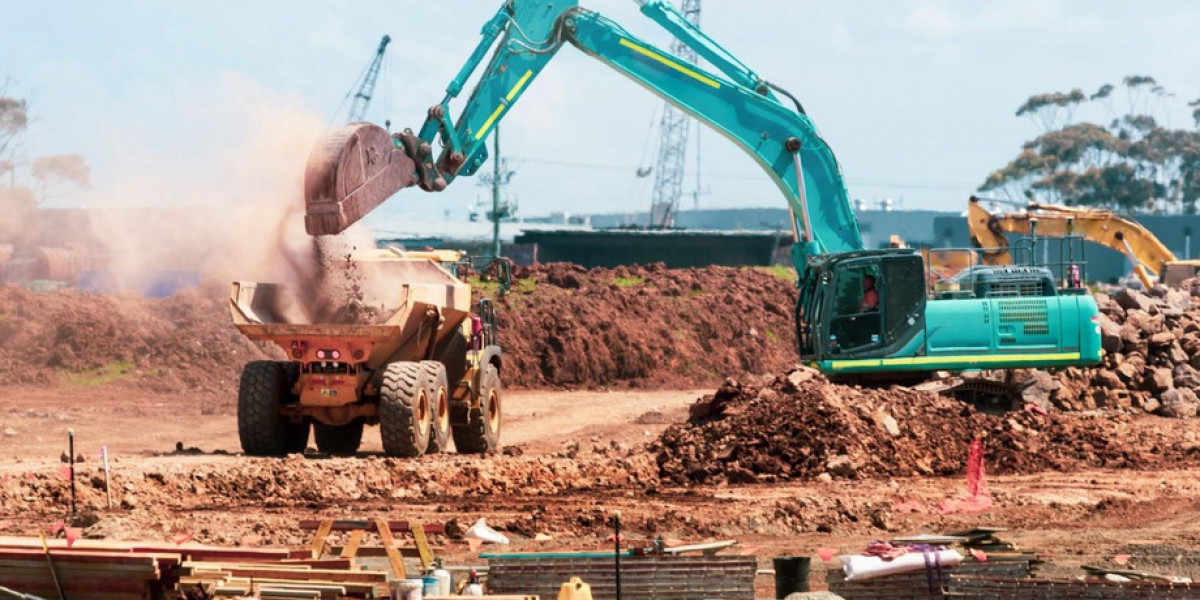In the dynamic and often hazardous environment of construction sites, risk assessments are not just a regulatory requirement but a fundamental aspect of ensuring safety and operational efficiency. Site Security & Traffic Control (SSTC) recognises the critical role of thorough risk assessments in safeguarding workers, the public, and assets. This article delves into why risk assessments are indispensable on construction sites, adhering to Australian safety standards and practices.
Identifying Potential Hazards
The primary purpose of a risk assessment is to identify potential hazards that could occur on a construction site. Hazards can range from the risk of falls, exposure to dangerous substances, electrical hazards to machinery-related risks. Early identification allows for the implementation of control measures to prevent accidents or incidents before they happen, ensuring a safer workplace for all involved.
Legal and Compliance Obligations
Under Australian law, specifically the Model Work Health and Safety Act, conducting risk assessments on construction sites is a legal requirement. These assessments are crucial for compliance with national and state-specific safety regulations. They ensure that construction projects adhere to the highest safety standards, helping to avoid legal repercussions and potential fines for non-compliance.

Enhancing Operational Efficiency
Risk assessments contribute significantly to the operational efficiency of construction projects. By identifying potential hazards and implementing control measures, construction sites can reduce downtime associated with accidents and incidents. This proactive approach to safety can lead to smoother project execution, better resource allocation, and, ultimately, the timely completion of projects within budget.
Promoting a Safety Culture
Conducting regular risk assessments fosters a culture of safety among all stakeholders on a construction site, from senior management to on-ground workers. It demonstrates a commitment to safety, encouraging everyone to be vigilant, report potential hazards, and take responsibility for their own safety and that of their colleagues. This culture of safety can lead to higher morale, increased productivity, and a more positive workplace environment.
Tailored Safety Strategies
Every construction site is unique, with its own set of challenges and hazards. Risk assessments allow for the development of tailored safety strategies that address the specific needs of each site. By considering the site's layout, the nature of the work being done, and the workers' capabilities, risk assessments ensure that safety measures are not just generic but are specifically designed to mitigate the identified risks effectively.
In conclusion, risk assessments are a cornerstone of safety and efficiency on construction sites. They are essential for legal compliance, identifying hazards, enhancing operational efficiency, fostering a safety culture, and developing tailored safety strategies. SSTC is dedicated to supporting the construction industry in conducting comprehensive risk assessments, ensuring that every project is as safe as possible for everyone involved.








